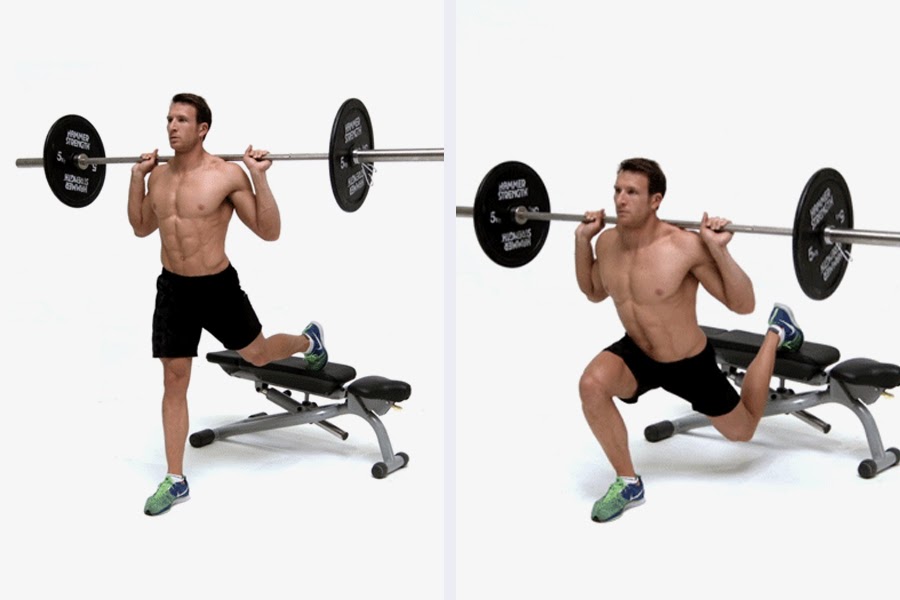Whether you’re a pro or a complete novice in the weight lifting world, you probably know a thing or two about plateauing as your body adjusts to your workout routine. While this is a great way of showing that your body has become stronger, it also means your workouts are going to be far staler.
This is when it might be in your best interest to change up your strength training workouts. Begin by figuring out how your body responds to different exercises and keep at it until you find the one that works best for you.
There are many benefits of strength training and changing up your routine every so often will only amplify these. If you’re unsure of how to proceed, this article has got you covered!
Change The Exercises You Do
Small changes could make a whole load of difference to your strength training workouts!
Your brain and your body will adapt to you repeating the same exercises over a longer period. In fact, your brain may become so desensitized to the movements that you zone out during your workout!
By changing up your strength training routine you are making sure that your body is (figuratively and literally) kept on its toes. If you don’t want to make huge changes to your exercise routine then you can begin by swapping out a bicep curl with a hammer curl, for example.
You might also want to consider changing the format of your workout to one of the following:
- Circuit training allows you to experiment with cardio and strength training all in one session
- Supersets which means carrying out one exercise which is then followed immediately by another without any rest in between. You can work the same muscle groups or different ones, it’s completely up to you.
- Drop sets are great for resetting your body. Reduce the amount of weight for an exercise or two and then finish up your strength training workout with a couple more reps.
Be cautious not to overtrain your body as this could result in significant injury or worse!
Alternate The Frequency Of Your Workouts
The number of workouts you typically do in a week will depend entirely on the type of training that you are undertaking. Taking the steps to change the frequency of your workouts each week will also keep you far away from hitting the dreaded plateau!

For individuals looking to completely transform their body via strength training, taking at least one full day away from the gym each week is great for keeping your muscles in prime condition and reducing the risk of wear and tear. Due to this, you may want to consider working out two to three times a week instead of your regular everyday routine.
Simply put, you can try the following:
- Mix things up in terms of the frequency and type of exercise that you do. This will keep your body away from the inevitable plateau.
- Experiment with a split routine to spread focus all over your body instead of a single muscle group. This will give you ample time to rest your muscles between strength training workouts, leading to a reduced risk of muscle tearing or aches.
Experiment With Reps, Resistance, And Weights
As a beginner in strength training, it’s best to limit the number of changes that you make as this could lead to stiff and sore muscles. But if you’ve been training for a couple of months or more you have additional scope to experiment with your workouts. One of the most effective ways to do so is to experiment with different reps and weights.
Keep track of your current strength training workout routine and then analyze your results to see if it’s time for a change or not. If you’re able to do far more reps than before, dropping your reps while increasing the total amount of weight is an excellent way to change things up.
Or, if you’re unsure about doing this, you could simply alter the level of resistance that you use every week. This will get your more unused muscles working like the rest of your body but without the worry of excessively straining your muscles.
Summary
Changing your strength training workouts doesn’t need to be an overly complicated affair. The key is to keep your body on its toes – whether that involves changing the weight you use, the number of reps, or even alternating the days you work out on.
